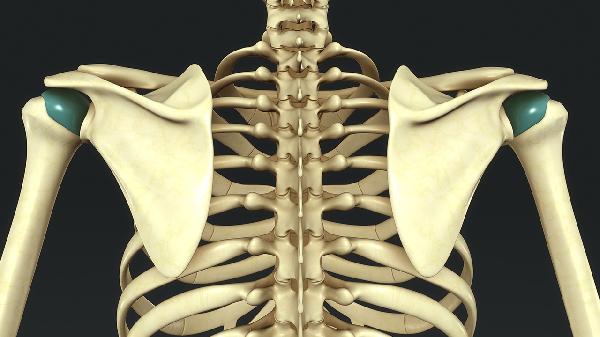If you'd told middle-school-me that I'd eventually become a runner, I would've laughed in your face. Back then, I quit track after two practices because my feet hurt and I hated the feeling of being out of breath. Fast forward to adulthood, and here I am—a full-blown running convert with over 60 races under my belt. My secret? A humble couch-to-5K app that tricked me into falling in love with the sport through strategic walk breaks and gradual progress. What started as eight-minute struggle sessions transformed into a genuine passion, proving that anyone can become a runner if they're willing to start small and stay consistent.
The Magic of the Run-Walk Method
That couch-to-5K app worked because it leveraged what seasoned runners have known for decades—the run-walk method isn't cheating, it's genius. By alternating between running and walking intervals, you accomplish three crucial things: you keep your heart rate in a manageable zone, you reduce impact on your joints, and perhaps most importantly, you trick your brain into thinking "this isn't so bad." The walking breaks serve as mini-rewards that make the running segments feel achievable. When I first started, my "run" intervals were barely faster than my walking pace, but that didn't matter. The psychological win of completing each interval built confidence that eventually translated into endurance. Many elite marathoners actually use walk breaks in training—if it's good enough for them, it's certainly good enough for beginners.
Why Traditional Running Advice Fails Beginners
Most people assume running means going out and trying to run continuously until you can't anymore. This approach fails spectacularly for two reasons. First, it's miserable—nothing kills motivation like feeling like you're drowning in air after 90 seconds. Second, it often leads to injury because beginners lack the muscular endurance to maintain proper form when fatigued. The beauty of interval training is that it allows your cardiovascular system to catch up to your ambitions while giving your muscles and connective tissues time to adapt. When I first started, I couldn't run to the end of my block without stopping. But by breaking it down into 30-second run intervals with walking recovery, I avoided the shame spiral that makes so many new runners quit. Within weeks, those 30-second stretches became minutes, then miles.
The Psychology of Small Wins
What most training plans don't tell you is that running is 90% mental, especially in the beginning. The couch-to-5K approach works because it's masterfully designed to deliver small, frequent wins. Each completed interval—no matter how short—feels like an accomplishment. This triggers dopamine hits that reinforce the behavior, making you actually want to come back for more. I remember the first time I ran for five minutes straight—I called my mom to brag. That tiny victory propelled me through weeks of training. The program also builds in natural progression, so you're always challenged just enough to feel accomplished but not so much that you feel defeated. This careful balance kept me coming back when previous attempts at running had ended in frustration and abandoned sneakers.
From Hating Running to Race Addiction
The transformation from "I can't run" to "when's my next race?" happened so gradually I barely noticed. After completing that first 5K, I signed up for another... then a 10K... then a half marathon. The intervals got longer, the walk breaks shorter, until one day I realized I could comfortably run for an hour without stopping. But here's the kicker—I still use walk breaks in most training runs because they work. On easy days, I'll often do a 4:1 run-walk ratio just to keep my effort level conversational. The running community can be oddly judgmental about walking, but the smartest runners know it's a tool, not a failure. My race medals—including several marathon finisher's medals—prove that walking doesn't mean you're not a "real" runner. It means you're a strategic one.
Sustainable Running: Making It Stick
The reason most New Year's resolution runners quit by February is that they try to do too much too soon. The brilliance of starting with run-walk intervals is that it creates a sustainable habit. Because the workouts aren't utterly exhausting, you're not dreading the next one. Because you see measurable progress, you're motivated to continue. And because the approach is gentle on your body, you're not sidelined by injuries. Eight years and countless miles later, I still credit those early interval sessions with teaching me the most important lesson about running: it's not about how fast or how far you go, but about showing up consistently. The fitness will come, the speed will come, but only if you first fall in love with the process.
My running journey proves that the most effective fitness transformations happen through patience and strategic baby steps. That middle school kid who quit track would be shocked to see me now—not because I'm particularly fast (I'm not), but because I found a way to make running enjoyable. The secret wasn't pushing through pain or forcing myself to run when I hated it. The secret was starting so small it felt laughable, then letting the momentum of small victories carry me forward. Whether you're looking to complete your first mile or train for a marathon, remember: every runner starts at the beginning, and the smart ones take walk breaks along the way.
























